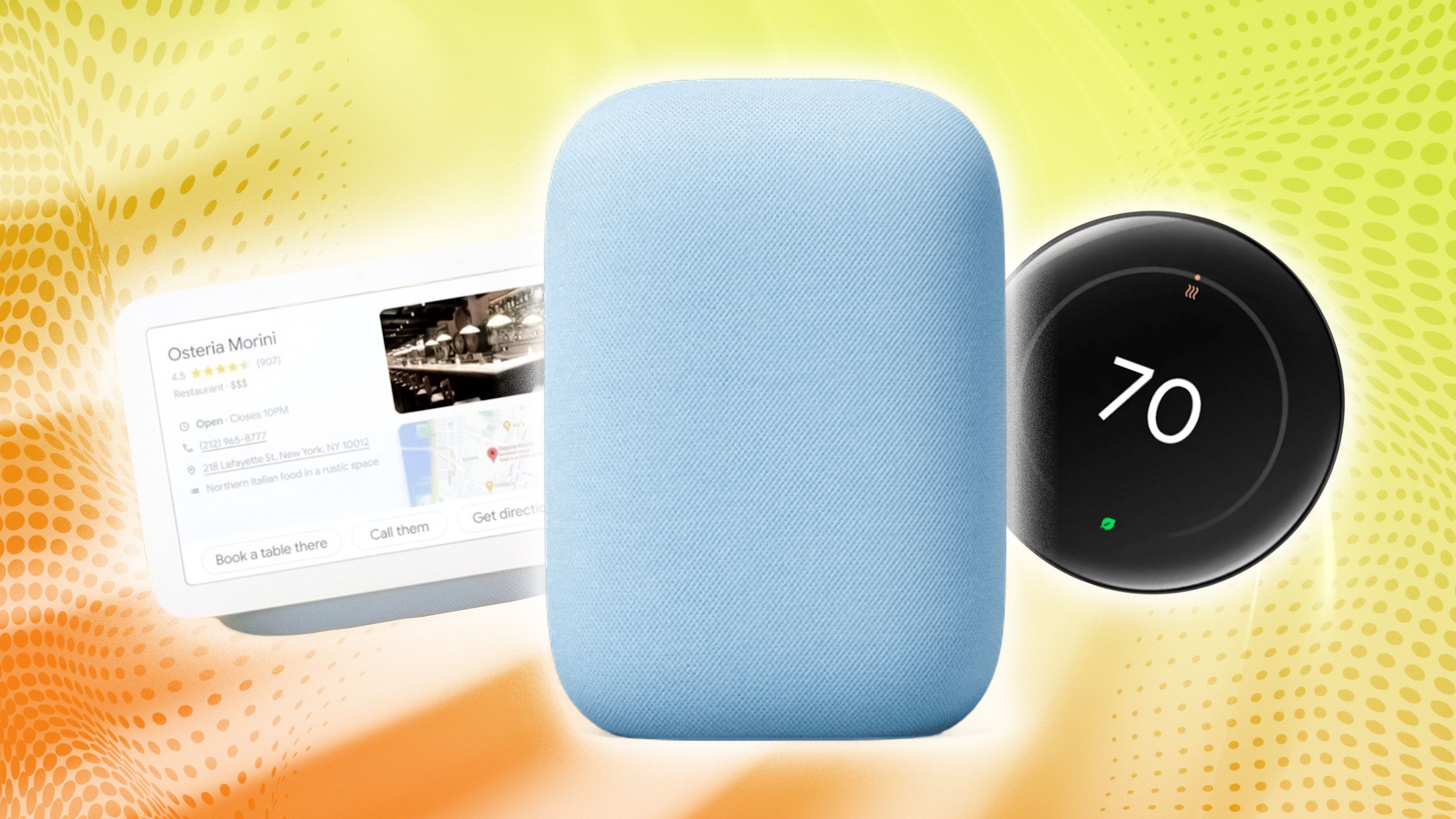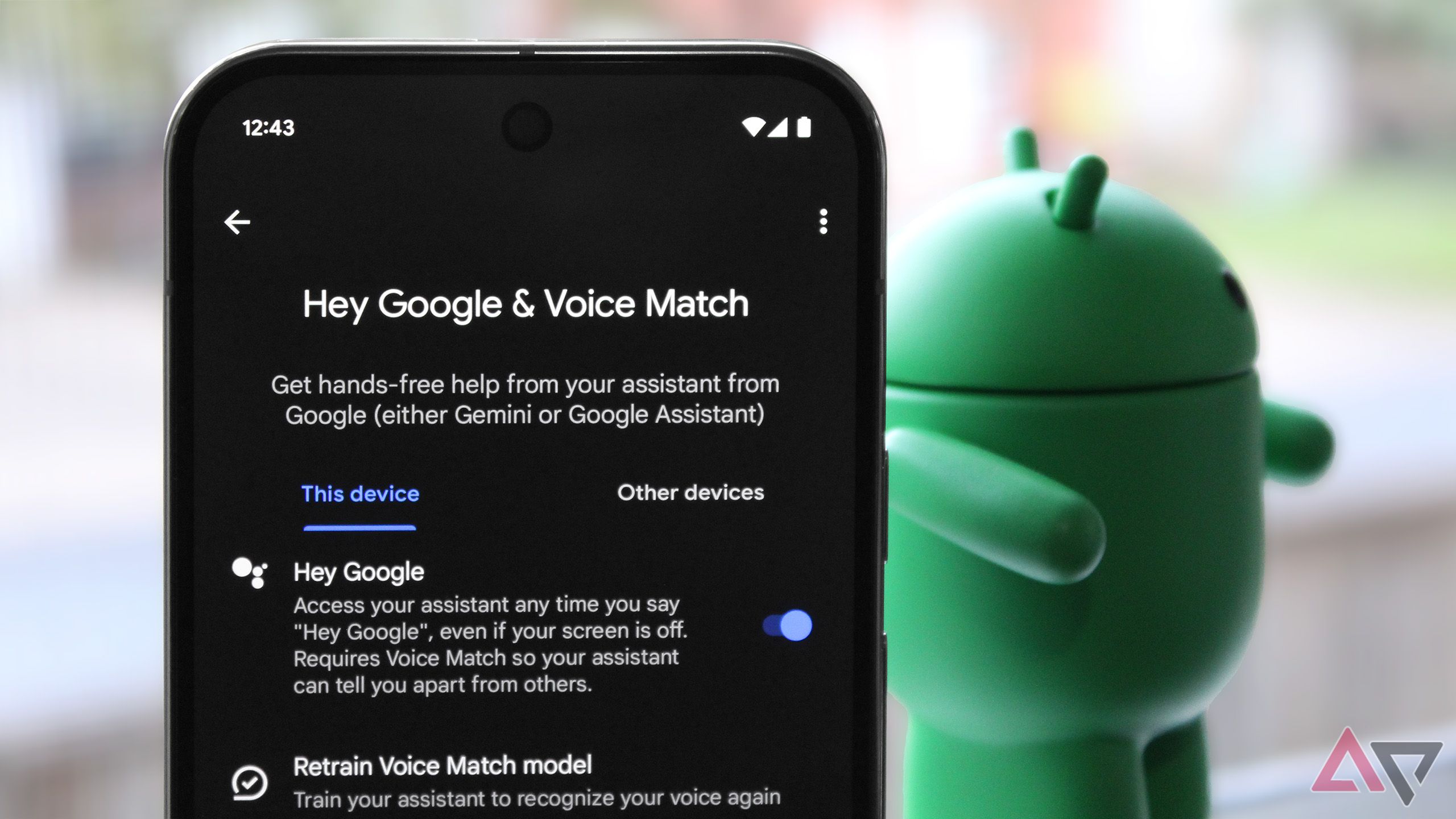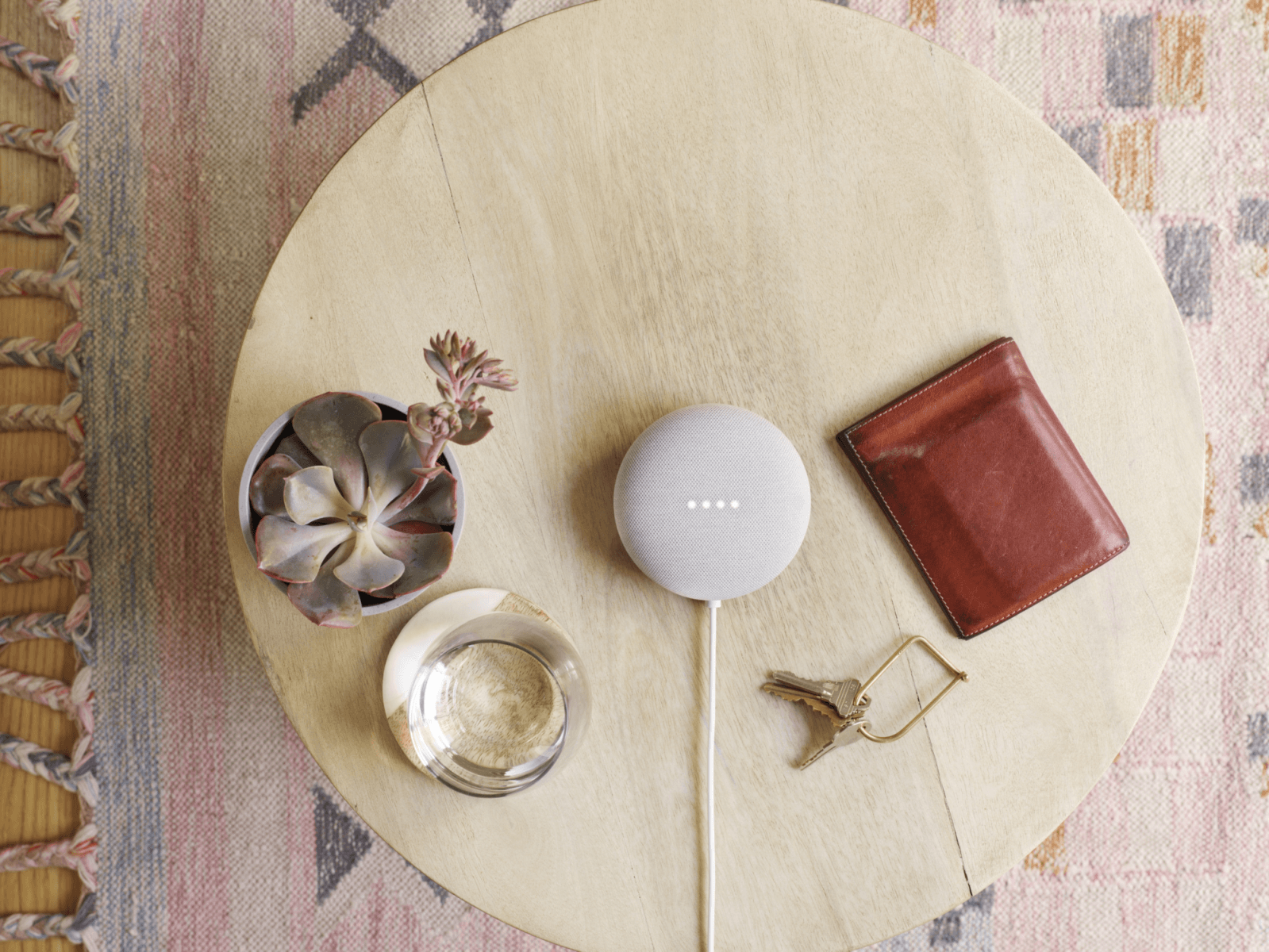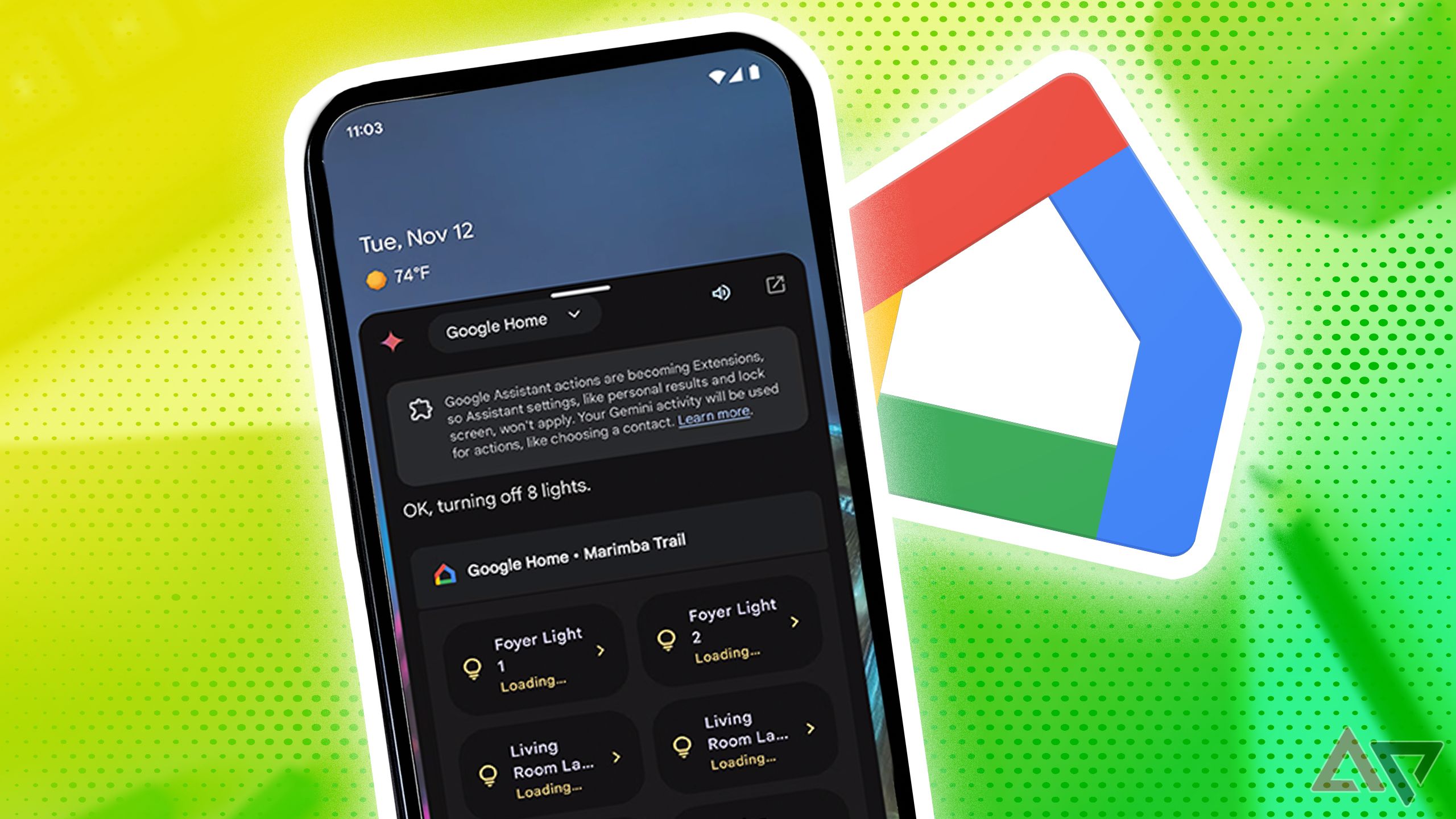Your Google-powered smart home is an organized and entertaining domicile, but after the thrill of automated lighting and streaming music wears off, you may wonder what other tricks your Google home has up its sleeves. Google is always coming up with new ways to give us more control over our go-to tech. It can be challenging to stay on top of Google’s stream of ingenuity, but we at Android Police know a thing or two about the lesser-known capabilities of a Google smart home. Here’s our list of the six best tips and tricks for making the most out of your Google-powered residence or place of business.
Related
5 Google Home features you need to unlock your smart home’s full potential
Automate, organize, and entertain
6
Night Mode for peace-of-mind sleep time
No one wants to hear a surprise Google Assistant announcement at 3 am. These sudden proclamations, while rare, can be shocking when they wake you from a deep sleep, and most smart speakers and smart displays do this occasionally. Speakers like the Google Nest Mini have LEDs that light up unexpectedly. Enter Night Mode, a settings panel in the Google Home app that ensures your Google-powered ecosystem won’t stir you from a sound sleep.
You’ll find this control dashboard in the Google Home app. Tap Devices > Settings > Night Mode. You can customize the days of the week and times of the day when Night Mode is enabled. You’ll find two sliders at the bottom of the screen to adjust LED brightness at night and maximum volume at night.
5
Voice Match for a personalized user experience
Did you know your Google smart home can deliver personalized results for up to six users? Thanks to a feature called Voice Match, when Google Assistant recognizes a user’s voice, it tailors search results and default streaming services to line up with that person’s tastes and subscriptions.
You can set up Voice Match on numerous Google smart home devices simultaneously. Smart displays like the Google Nest Hub Max display a custom UI based on which the user gives a voice command to the device. Enabling Voice Match is as simple as opening the Google Home app and tapping Settings > Google Assistant > Voice Match.
If you want to retrain Google Assistant to your voice, go to Assistant settings in the Google Home app, then tap Hey Google & Voice Match > Other devices > Teach your Assistant your voice again > Retrain.
4
Translate conversations and go multilingual
Google Home is compatible with multiple languages, including English, Spanish, French, Japanese, German, and more. By default, any Google Assistant devices you use only work with one language, but you can add a second language to the Assistant.
To do so, open the Google Home app and tap Explore. Now tap the three horizontal dots icon, then tap Settings > Preferences > Assistant language > Add language. Google Assistant switches to the language that was last spoken to it by a member of the household.
You can also use Google Assistant to translate conversations in real time. It’s a feature called interpreter mode that’s enabled by default and available for most Google Home devices. Say a command like “Hey Google, interpret from English to Japanese,” then speak the phrase you want to convert.
3
Saying less is saying more
Voice assistants can take a long time to respond to commands, especially when answering questions. Other times, you may find it difficult to hear half the things your Nest speaker says. If you can’t hear what Google Assistant said, respond with a follow-up command that goes something like, “OK, Google, but can you repeat that?” The Assistant restates what it last said and takes extra time to annunciate.
If Google Assistant is having a hard time pronouncing your name, use the Spell it out field in the Google Home app to walk the Assistant through some custom phonetics. You can also create Google Routines to avoid saying longer voice commands. Programming a set of automations into a Routine prevents Google Assistant from reiterating every action you ask it to carry out.
You can speak up to three commands to Google Assistant in the same command phrase. An example might be, “OK, Google, turn on the smart lights, set the heat to 70 degrees, and play Spotify.”
2
Personalize your privacy
Google Assistant does a phenomenal job at keeping a log of the many commands you feed to the software. However, not everyone wants these commands in Google’s memory banks for the foreseeable future. You can customize the length of time Google keeps your commands cataloged.
Voice commands like, “OK, Google, delete what I said yesterday” work just fine. You can also go to Google’s Activity dashboard to set up automatic deletion to occur every hour, at the end of every day, immediately, or on a custom schedule (for example, every Thursday at 5 pm).
You can also tap Activity in the Google Home app to see what events and suggestions have occurred in your Google ecosystem. You can filter activities by category, like room, date, people, or sounds detected.
1
A helpful hand when your phone is missing
Losing a smartphone (at least temporarily) happens to everyone eventually. Companies like Google know how likely this rite of passage is to occur. Google’s Find My Device Network is expanding, but it’s in good enough shape to help you locate your lost Android device or iPhone in most corners of the world.
Let’s say your phone has gone missing. You can walk up to your Nest speaker or smart display and say, “OK, Google, find my phone.” Your mobile device plays a chime, even if it’s set to Do Not Disturb. This feature involves a bit more setup for iOS gear but provides the same level of functionality.
Teach your old Google Home some new tricks
We hope this article gives you one or two new ways to maximize your Google smart home experience. Google constantly releases new features and settings. Owning and operating a Google smart home is also easier when you know what devices to shop for.









